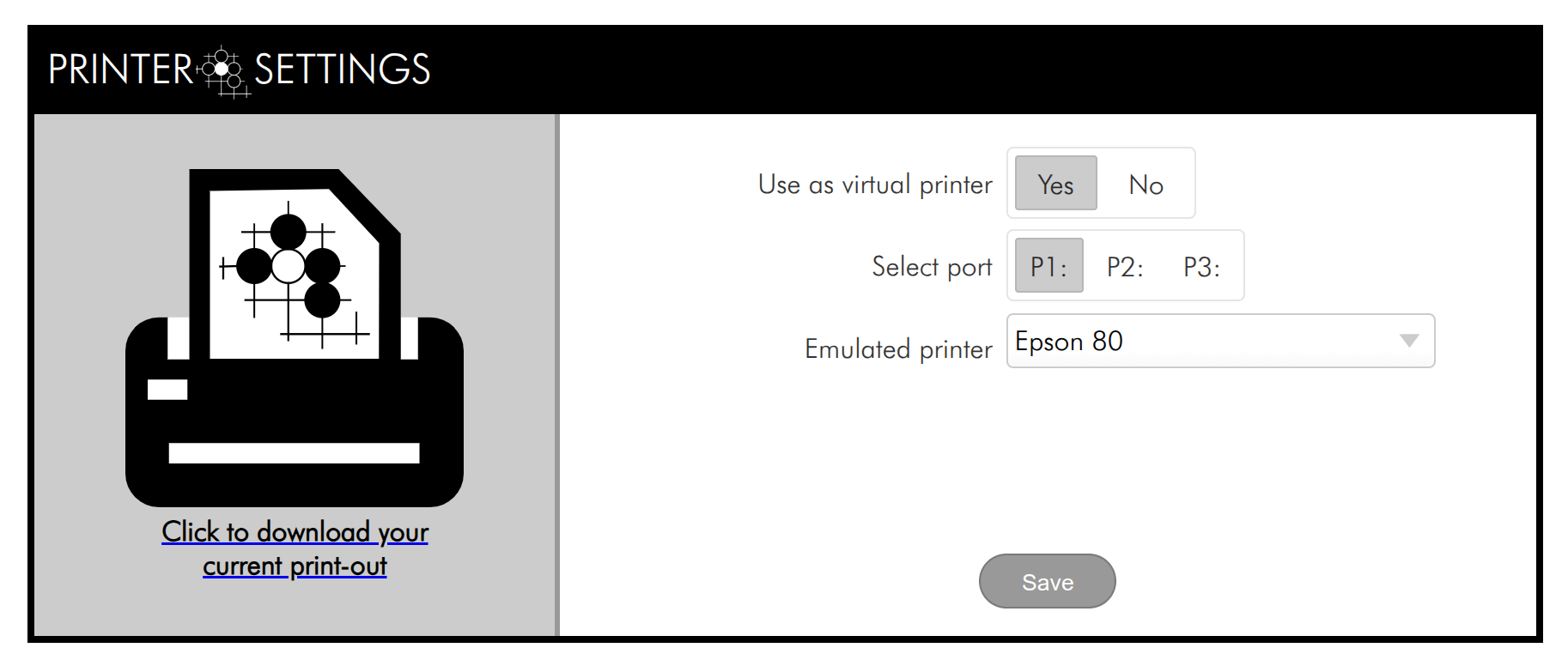FujiNet Virtual Printer Examples
FujiNet has a virtual printer that is exposed to the host computer. This printer simulates a variety of vintage printers, accepting the commands specific to the desired printer and rendering the result as a PDF file that you can download from the web interface and print on a modern printer.
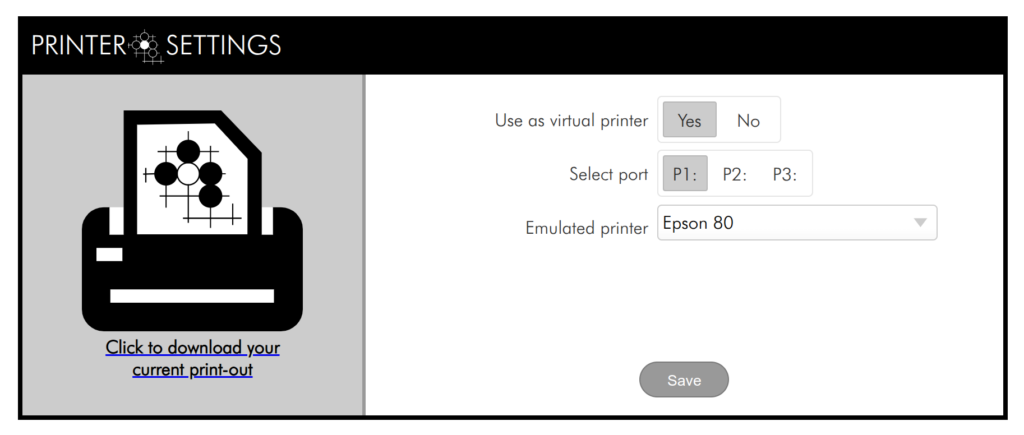
The following example PDFs were printed from various applications, showing the type of output you can expect from FujiNet’s virtual printer. For each of these emulations, Jeff Piepmeier emulated not only the behavior of the printer, but also painstakingly recreated the character set and rendering characteristics of each printer.
ATARI 820
The Atari 820 was the first announced printer for the 400 and 800 series computers in 1979. It was based on an Eaton 7000 printer mechanism used in field logging printers, and its carriage had a 40 character width. It was very unusual in that it could also print on the horizontal axis of the paper, which limited its potential width to 28 characters. It was also designed to be the same width as the Atari 810 and 815 disk drives, allowing it to be stacked on top.
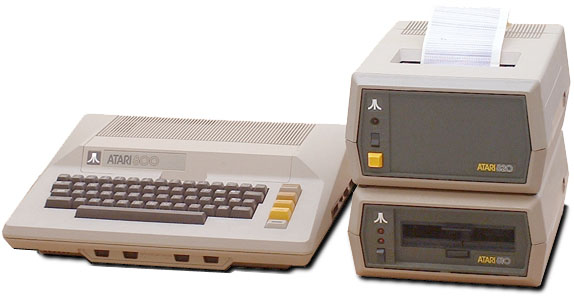
ATARI 822
The ATARI 822 was a silent thermal printer that ATARI licensed from Trendcom, a variation of their model 100. It too had a carriage that could print 40 columns across. It required specially treated thermal paper to operate, which you can still purchase, as the type and size of paper are still used in some fax machines today.
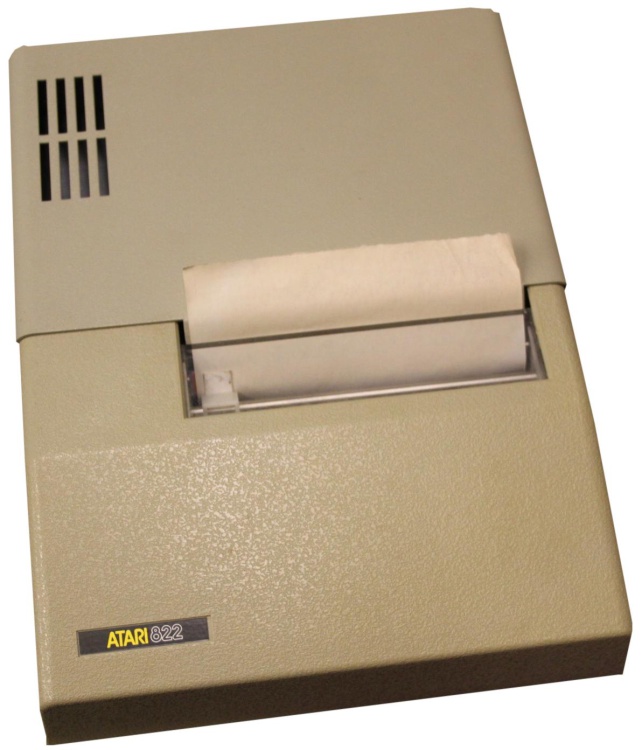
The 80 column variant of this unit, the Trendcom 200 was used as the mechanism for the Apple Silentype printer.

These printers could not only print text, but they also could emit bitmapped graphics. The Atari 822 has a horizontal line resolution of 480 pixels.
ATARI 825
For the 825, ATARI licensed the Centronics 737 as their high-end printer for the 400 and 800 series computers. It had a carriage capable of printing 80 column text, and had advanced features such as multiple fonts, and the ability to handle vertical tabs, which moved the printer page upward and allowed for multi column printing. Its 80 column width also made it usable for printing program listings. (picture courtesy of AtariMania.com)
All of the dot-matrix printers shown here worked with either friction fed roll paper, or with tractor-fed paper. The FujiNet will seperate each page on the PDF, so that it can be printed on modern printers.
Because Centronics did not license the bare mechanism to ATARI, and insisted that it be sold as is, the 825 required the use of the Atari 850 interface module’s parallel port. The FujiNet implementation has no such requirement.
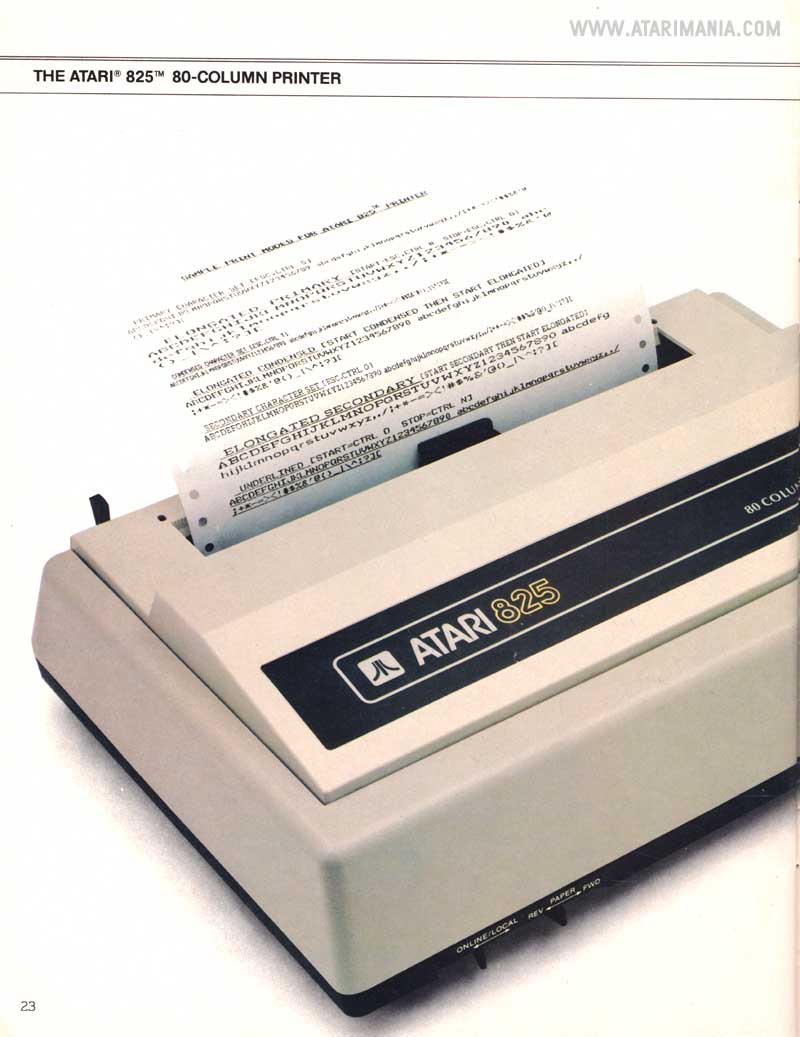
ATARI 1020
The Atari 1020 was a very small pen plotter licensed from Alps Microelectronics. Its pen holder could select between four colored pens, and the firmware on the printer could accept both text (which it would render caligraphically, and the graphics commands to move the pen across the paper to draw lines and shapes.
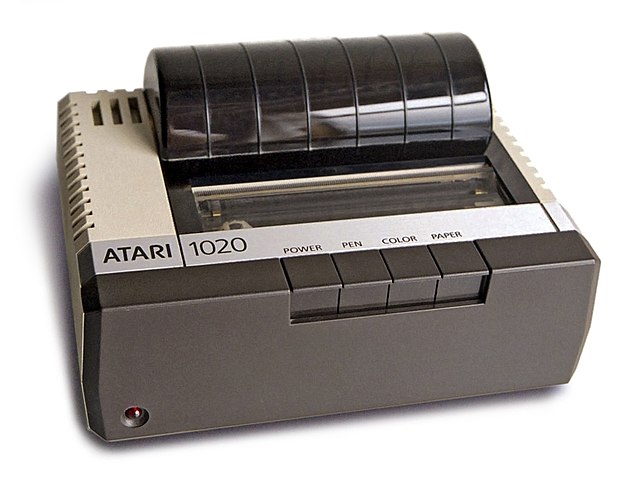
The 1020 emulation is unique in that it renders directly to SVG.
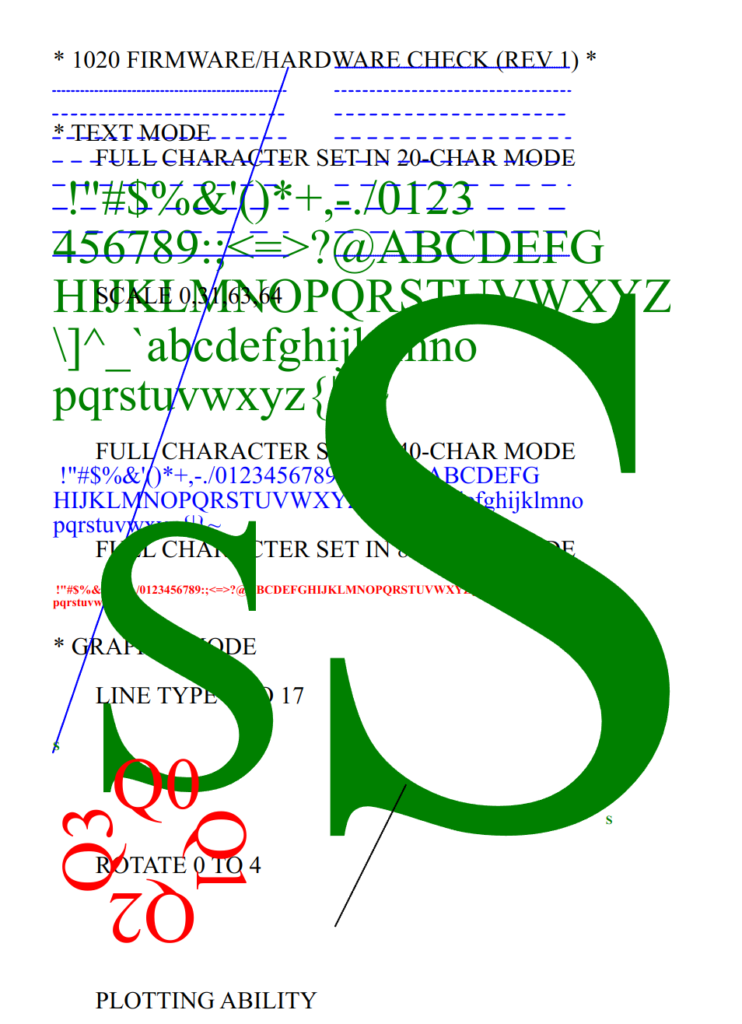
ATARI 1025
For the 1025, Atari licensed the Oki Microline 80. It was intended to replace the ATARI 825 printer in the line-up as the 80 column dot matrix printer option, and also had a connection for an automatic sheet feeder, which ATARI never licensed. Like the 825, the 1025 had multiple fonts for different character widths, but lacked the proportional font that was present on the 825. It did, however, have support for the European character set additions that were present on the ATARI XL and XE systems.

ATARI 1027
The Mannesmann-Tally Riteman LQ was used as the basis for the ATARI 1027, a letter quality printer that accepted single sheets of paper. Because the rubber in this printer mechanism is guaranteed to decompose over time, the FujiNet is now one of the only ways to experience how this printer actually functioned.
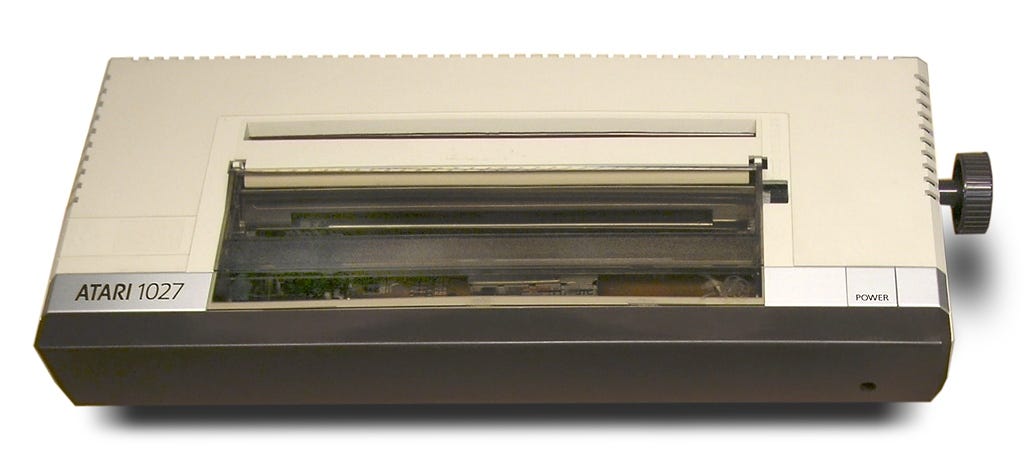
The typeface used by this printer is Prestige Elite 12.
ATARI 1029
The ATARI 1029 was a printer which saw limited release, mostly in Europe, at the end of the XL series line. It was licensed from Seikosha, and the same mechanism was licensed to other companies such as Commodore. It too is an 80 column printer, with international character set support.
ATARI XMM801
With the XE series, ATARI opted to license printer mechanisms from Citizen. This 80 column printer matches the XE series in industrial design, and is compatible with the Epson MX-80 control codes, and can also do graphics.
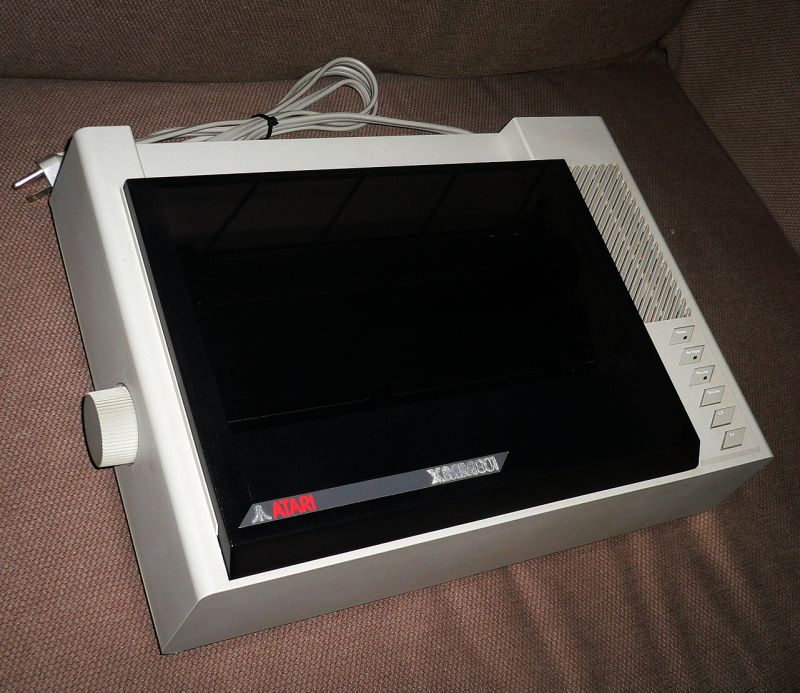
ATARI XDM121
To complement the XMM801 dot-matrix printer, ATARI released the XDM121 daisy-wheel printer, again using a printer mechanism licensed from Citizen. The typeface used here in this simulation is Pica 10.
EPSON MX/FX-80
The EPSON MX-80 was an inexpensive; ubiquitous 80-column printer that was available for any microcomputer with a suitable parallel port. The MX-80 was also available with a graphics printing option called GrafTrax, which is also present in FujiNet’s emulation, allowing programs like Print Shop to print as-is. Traditionally, ATARI users needed a parallel port interface such as the Atari 850, P:R: Connection, or MPP-1150 to provide the necessary connection; this is not needed for FujiNet. The extended commands brought by the EPSON FX-80 are also supported.

Because the MX-80 emulation in FujiNet supports GrafTrax, it will work with programs that print graphics, such as Print Shop.
Okidata OKIMATE 10
The OKIMATE 10 was a novel color thermal wax printer produced by Okidata starting in 1984. It was also unique in that the printer had interface modules for Atari, Commodore, Apple ][, and IBM PC systems that plugged into the printer, and exposed the appropriate port.
Note: There seems to have been a regression that crept into the color output mode.
HTML Printer
The remaining printers are special.
The HTML Printer outputs an HTML document for anything fed to it.
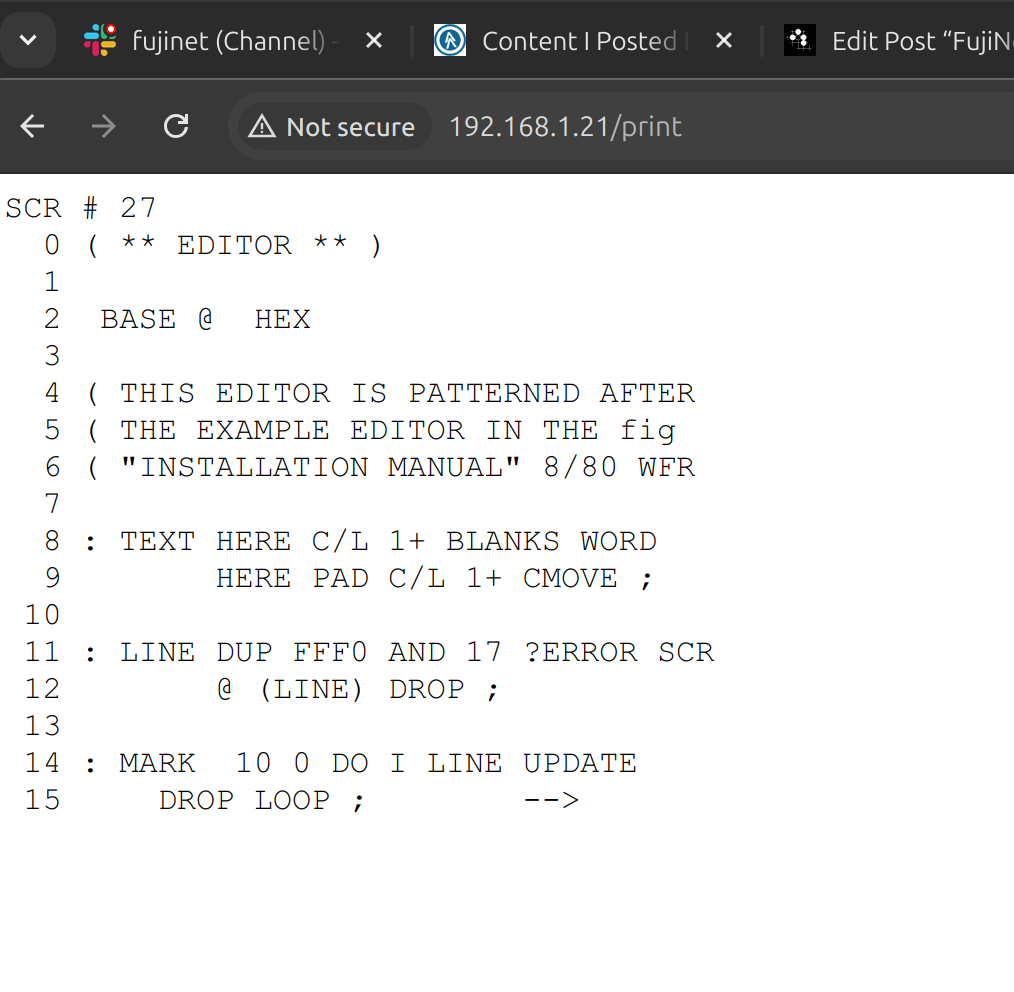
HTML ATASCII Printer
The ATASCII printer is a variant of the HTML printer that can emit the entire ATASCII character set, by using a specific ATASCII font embedded into the document. This can be useful for emitting listings that need to preserve their special characters, such as BASIC listings.
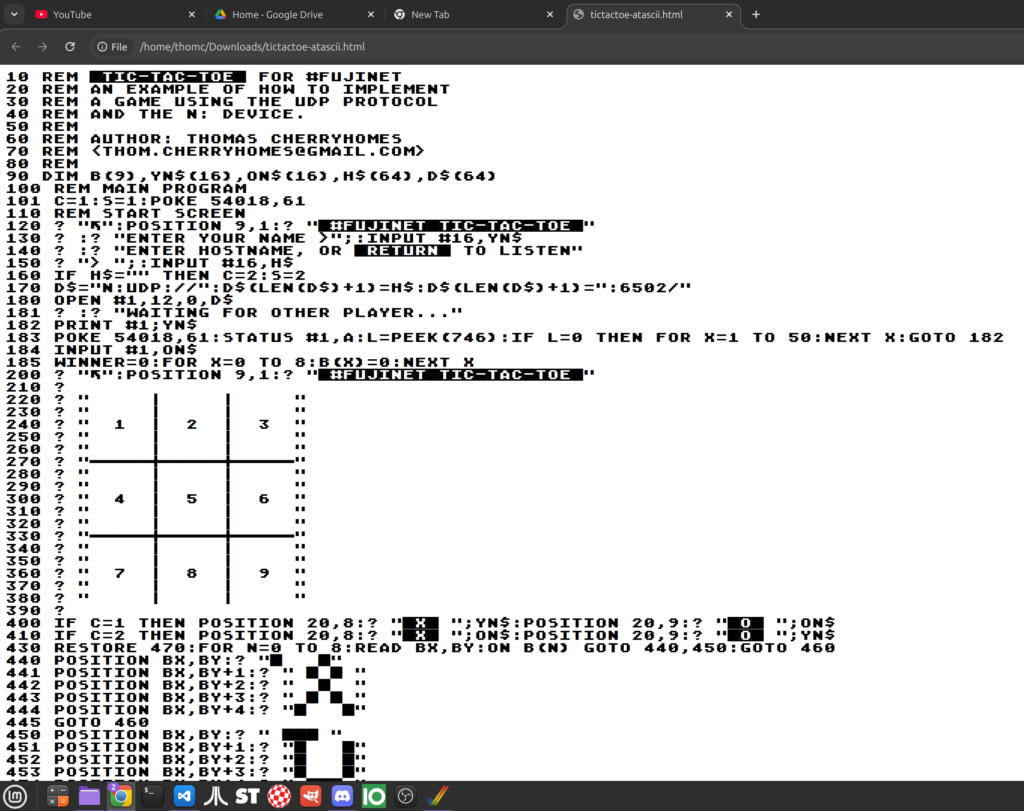
Other Platforms
Other platforms can choose to provide these printers to their host systems. For example, the COLECO ADAM version of FujiNet provides a complete emulation of the SmartWriter printer, complete with bi-directional printing support, needed in programs such as SmartWriter and AdamCalc.
Platforms such as Apple ][ need to find a way to interface the virtual printer in the firmware to the outside world. If you’d like to help, please engage us on the Discord.
Special Thanks
A special thanks to Jeff Piepmeier, who implemented the majority of the printer emulations and designed their fonts. Without his work, none of this would exist.
Also a special thanks to Oscar Fowler, who implemented the HTML printers.

